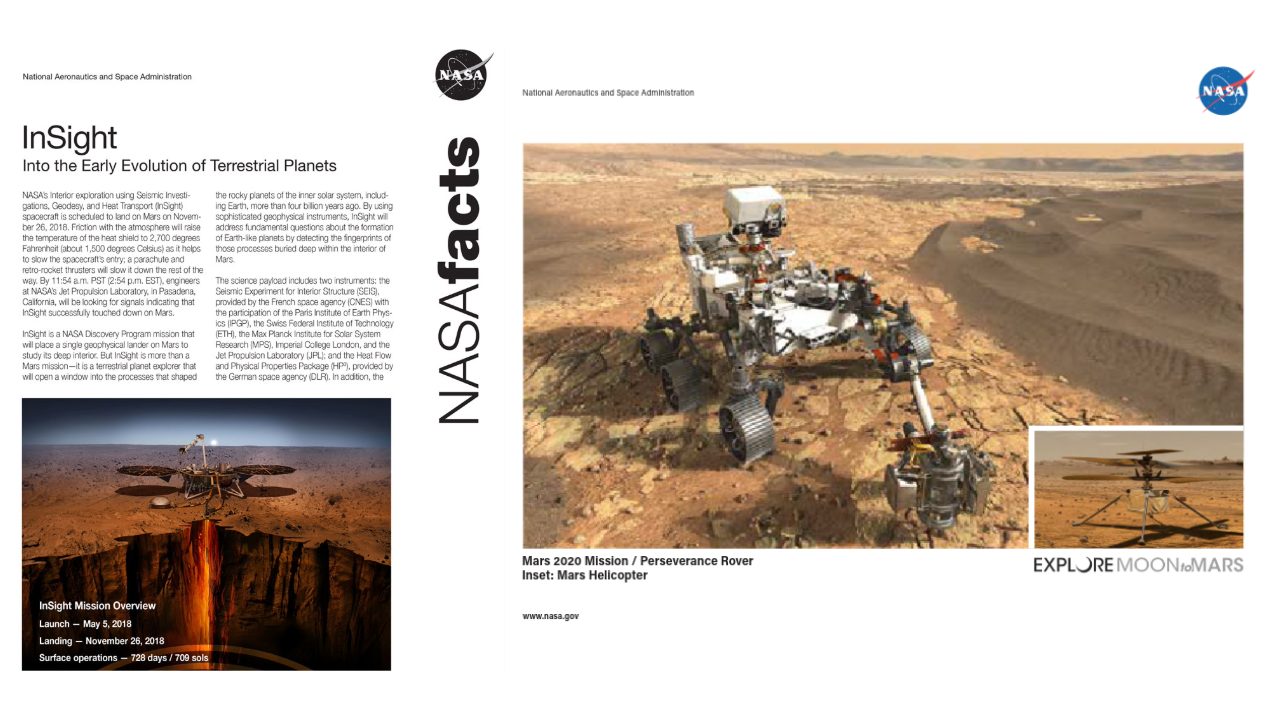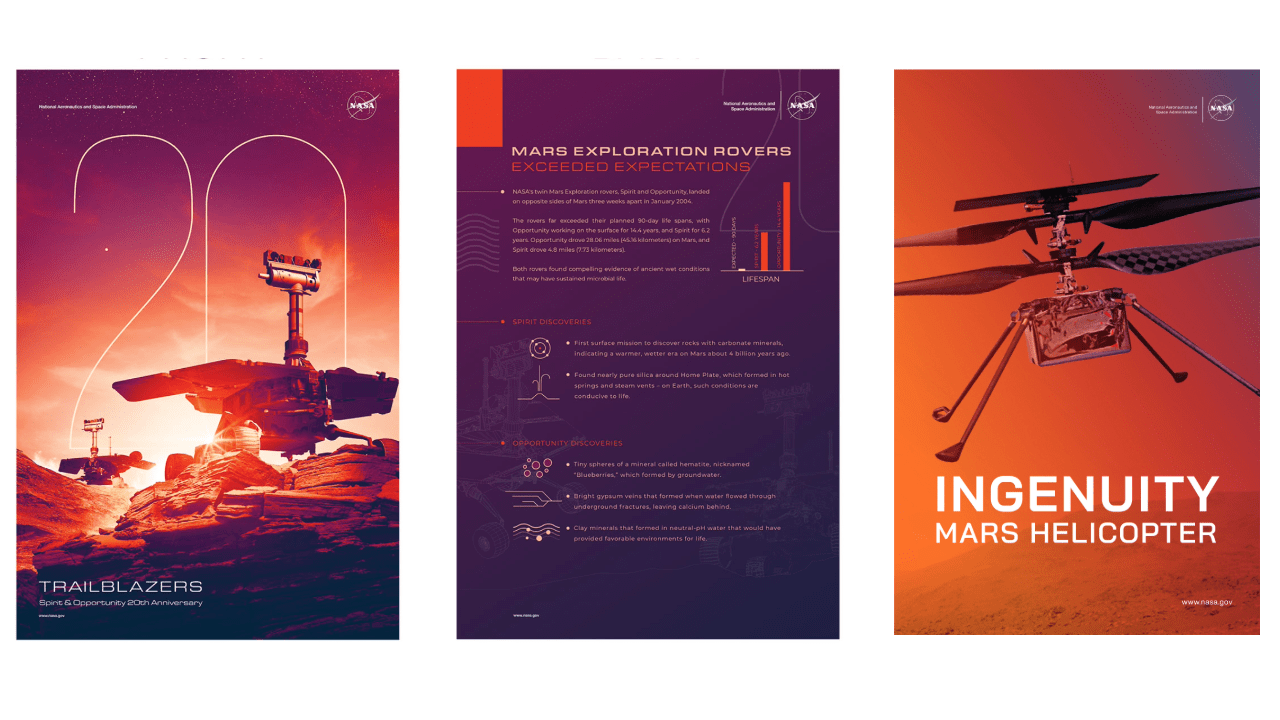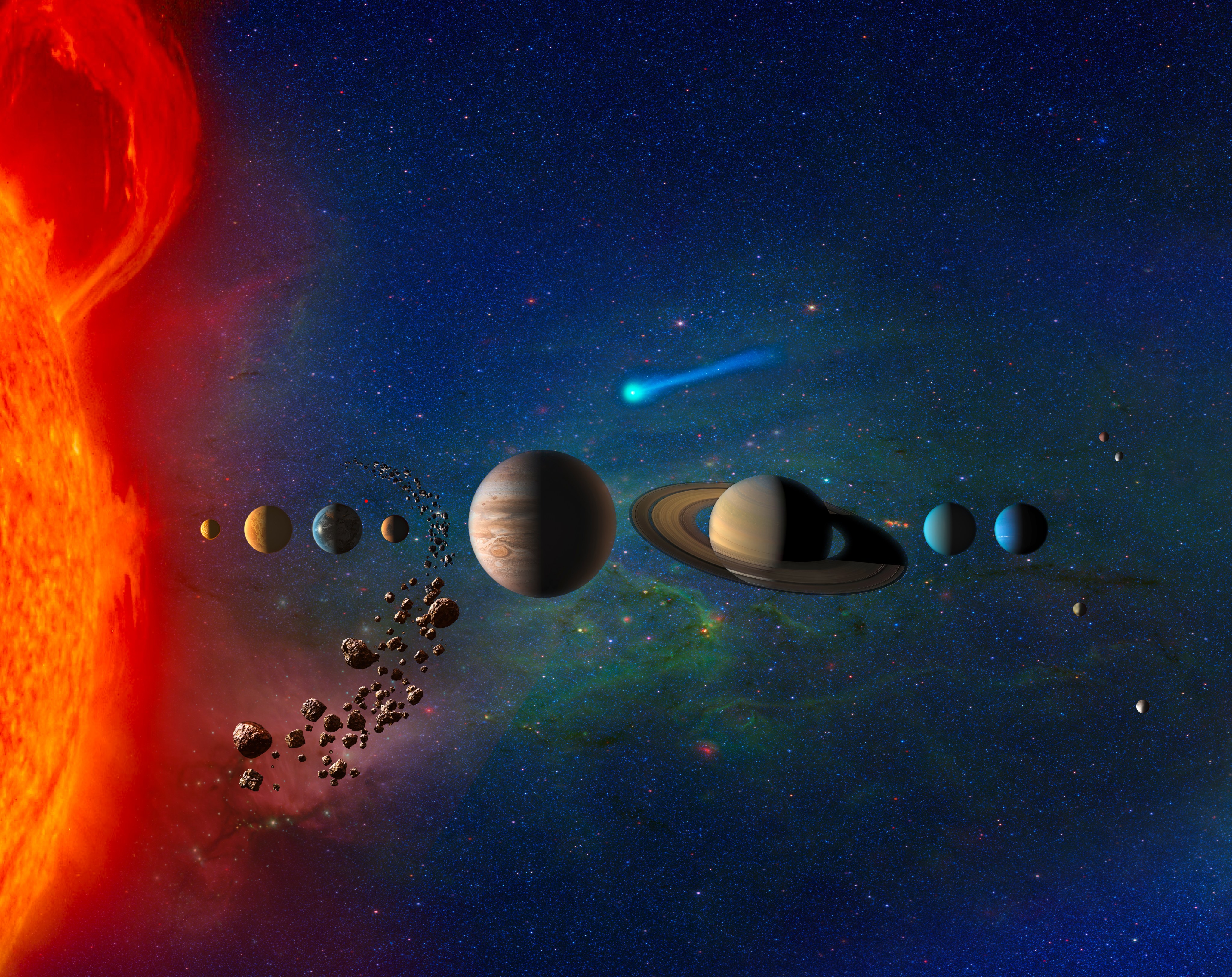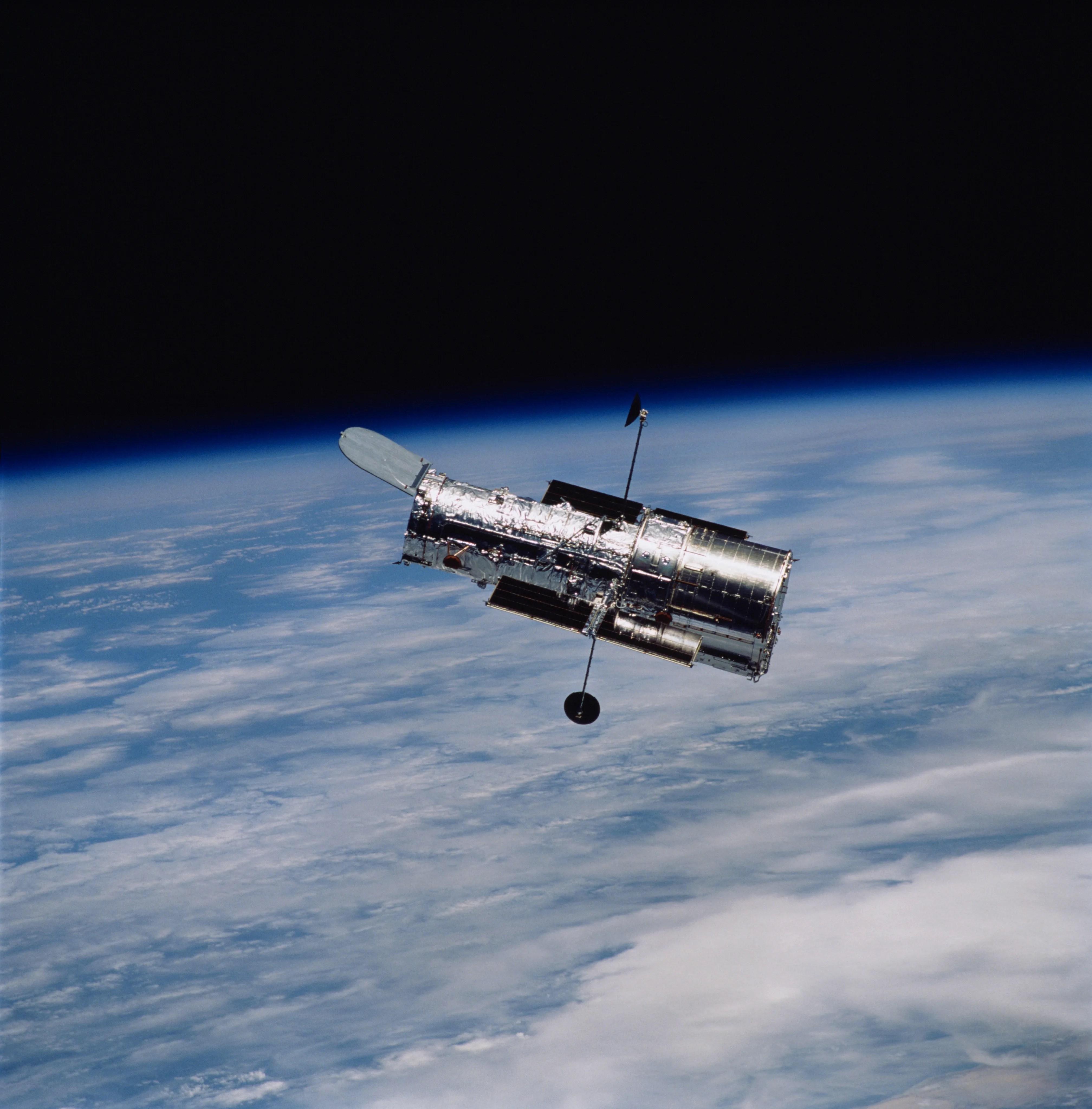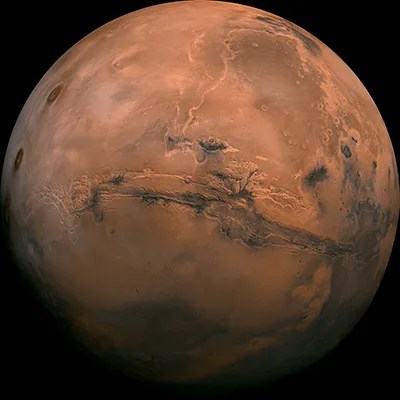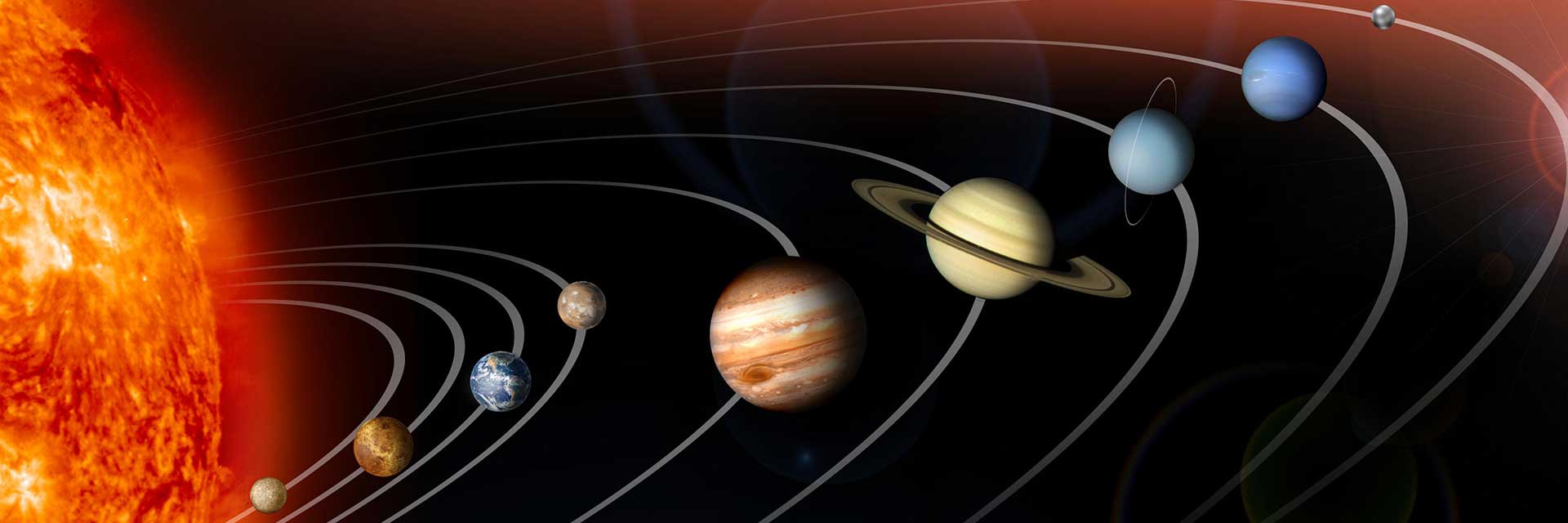Mars Resources
Explore this page for a curated collection of Martian resources, including activities that can be done at home, as well as videos, animations, printable graphics, and online interactives. This resource package is suitable for educators, students, and anyone interested in learning more about Mars!
Images
View images taken on the Red Planet by our robotic explorers, signature selfies, and more!
Explore
Videos & Animations
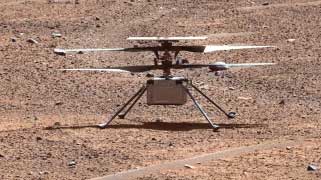
NASA Science Live: Ingenuity Mars Helicopter Tribute & Legacy
With 72 successful flights, NASA's Ingenuity Mars Helicopter far surpassed its originally planned technology demonstration of up to five flights. Learn more about the legacy of this historic mission.
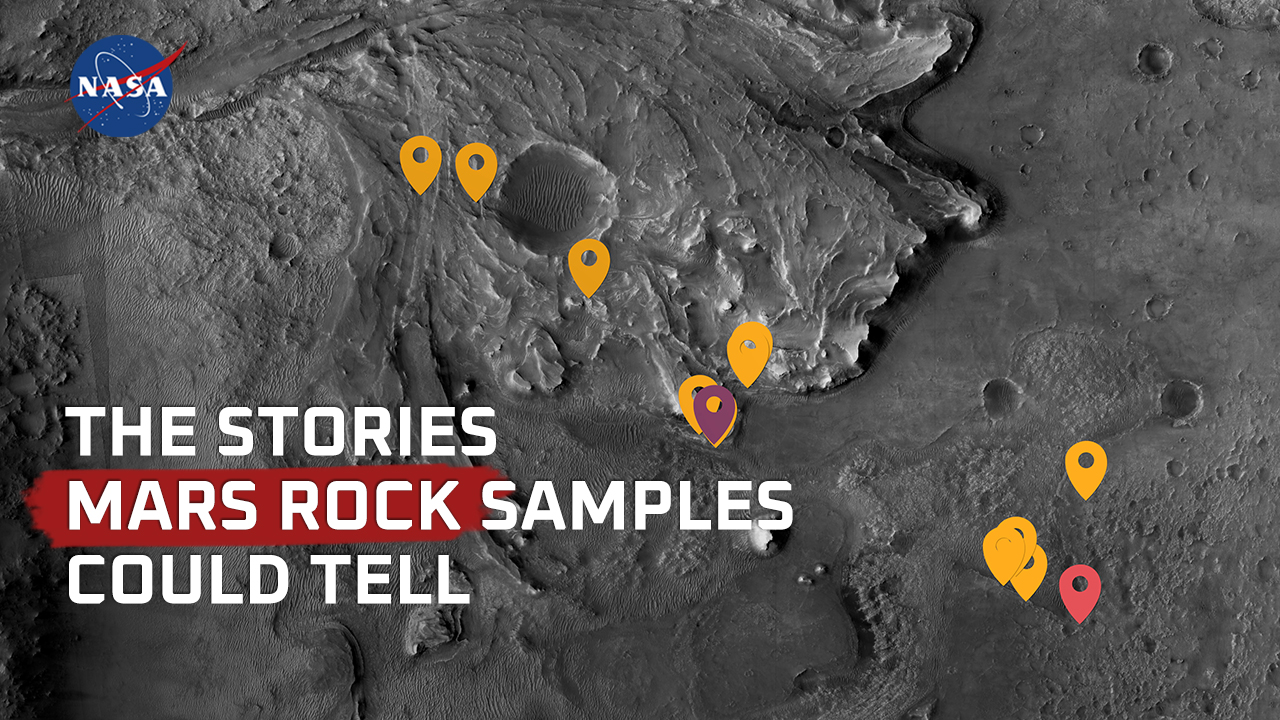
Mars Rock Samples: The Stories They Could Tell
Discover the secrets that we could unravel by studying Mars samples in state-of-the-art labs on Earth.
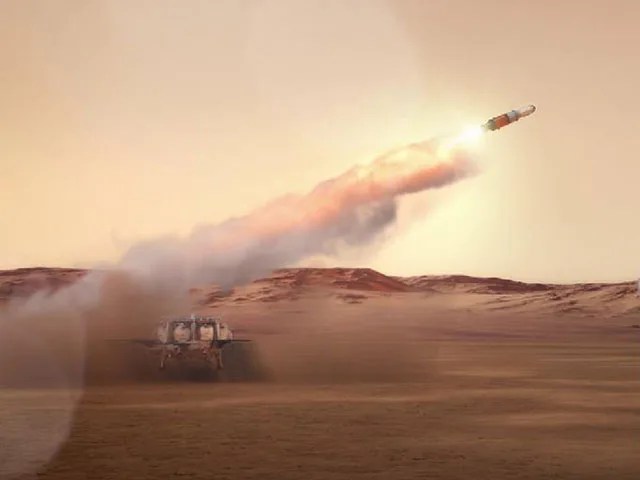
Bringing Mars Rock Samples Back to Earth
Learn how NASA and the European Space Agency are developing plans for bringing the first samples of Mars material safely back to Earth.
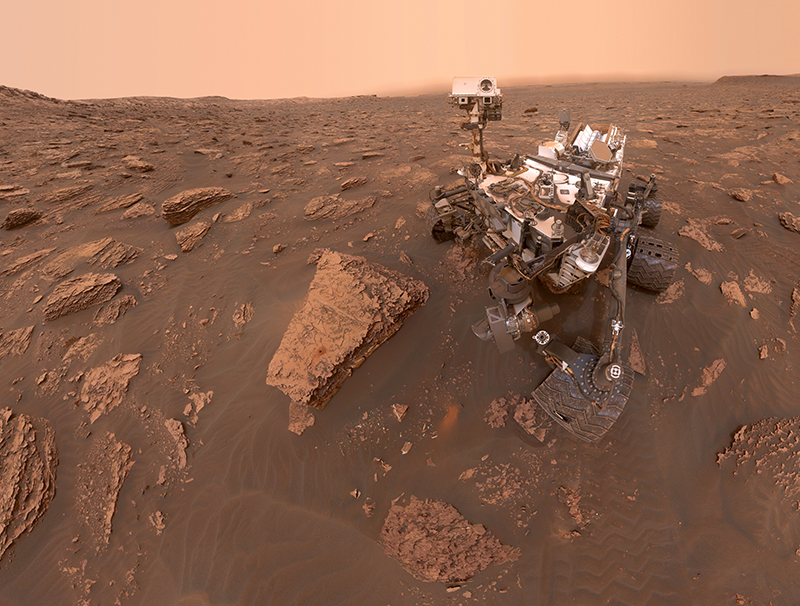
What NASA's Curiosity Rover Has Learned in Over 10 Years of Exploring
NASA's Curiosity Mars rover set out to answer a big question when it landed on the Red Planet more than 10 years ago: Could Mars have supported ancient life?
Activities
Take your exploring to the next level with our hands-on educational resources, coloring pages and more!
Explore More Activities
Audio
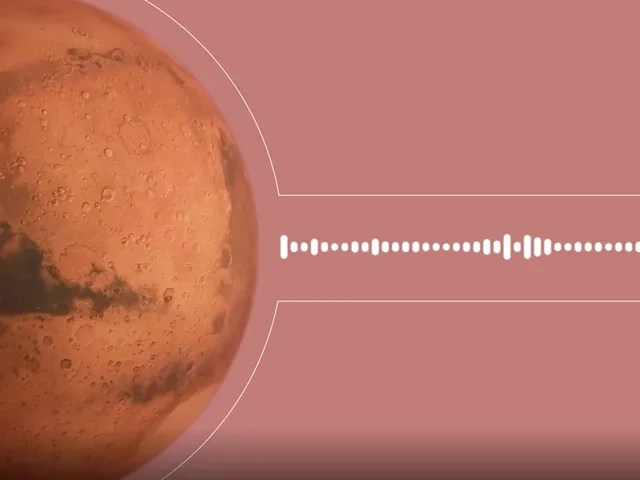
Sounds of Mars
Ever wonder how you would sound on Mars? Grab your headsets, turn up the volume and listen for the subtle differences between the sounds on Earth versus how they would sound on Mars.
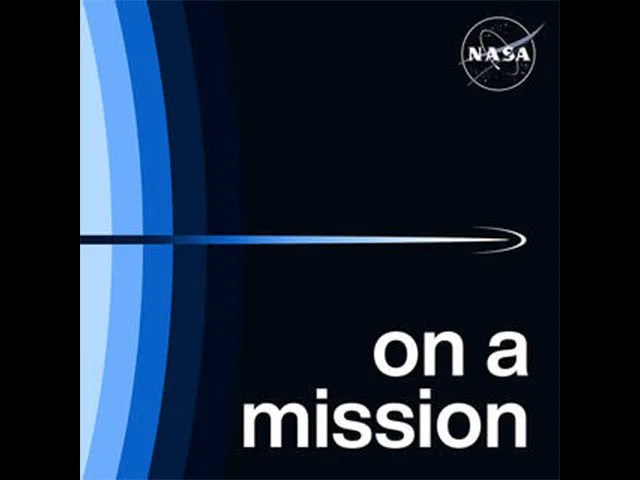
Digging In: When Rovers Get Dirt on Mars
Learn about rover drilling on Mars in this episode of NASA's Jet Propulsion Laboratory's "On a Mission" podcast.
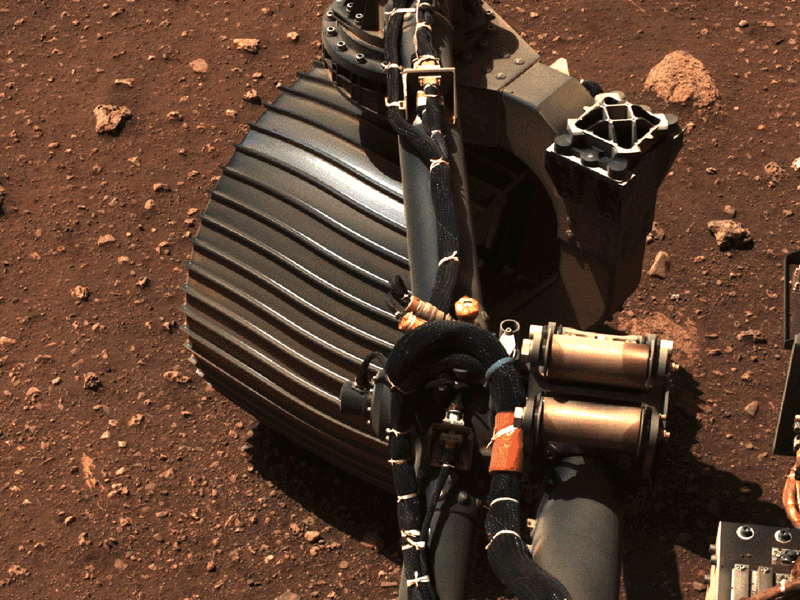
Audio from Perseverance
What does a Martian dirt devil sound like? Or a rover driving on Mars? Immerse yourself on Mars by listening to these sounds and more!
Fact Sheets & Lithographs
Lithographs and Fact Sheets explain the science behind the missions and dive deeply into specific topics.
Explore